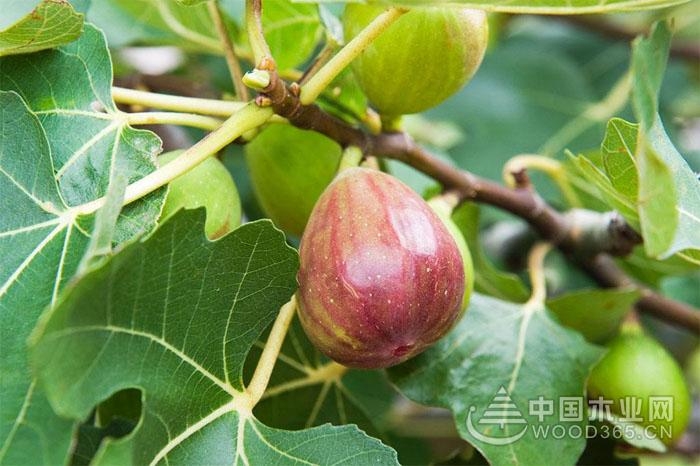Fig planting and precautions and points
The alias of figs - honey fruit, moon fruit, reflection fruit, and Tianshan fruit. Origin: Originally produced in the Mediterranean coast of Europe and Central Asia. Fig is one of the earliest domesticated ancient fruit trees planted by humans. It has been planted for nearly 5,000 years. The fig is sweet and rich in nutrients. It is not only edible, but also a raw material for Chinese herbal medicine. It has the functions of increasing appetite, nourishing, moisturizing and stimulating milk. Give it a detailed description below:

Fig planting and precautions and points
1. Soil selection: The fig has strong adaptability and has no strict requirements on soil. It can grow well in sandy soil, sandy soil, sticky soil, acid soil, light alkaline soil and improved saline-alkali soil. However, it is most suitable for growth in sandy soil with thick soil and smooth drainage.
2. Cultivation: 1 Select healthy and strong branches of 1 to 2 years, cut into small segments of 15 to 20 cm long as cuttings.
2 Cut the lower part into a horse-shaped shape and leave 2 to 3 buds.
3 Insert it 45 degrees into the soil, pour enough water, after 20 to 30 days, you can grow new roots and sprout new sprouts.
4 Finally transplanted into a new basin.
After planting, it is usually necessary to replace the pots and pots every 2 to 3 years.
3. Watering: 1 The amount of water must be moderate when watering.
2 For the newly planted plants, it is not suitable to pour too much water. After pouring the water twice in the upper basin or changing the pot, it can be poured once a day.
3 In the summer and when the climate is dry, in addition to pouring water once a day, it is necessary to spray 2 to 3 times of water to the branches and leaves every day.
4 In the rainy season or in the rainy weather, you should pay attention to clearing the water as soon as possible to prevent the plants from suffering damage.
5 After the plants are moved indoors in winter, do not water them again.
4. Fertilization: It is necessary to apply fertilizer frequently on weekdays. When the fig is topdressed, phosphorus and calcium are mainly applied, and appropriate amounts of nitrogen and potassium are applied, and the ratio of nitrogen, phosphorus, potassium and calcium is basically controlled within the range of 0.5:1:0.8:2.5.
5. Illumination: I like the warm and well-lit environment. I can't resist the extreme cold. I often plant it in the sun. When the temperature in summer is high and the weather is extremely hot, it is necessary to cover the sun moderately around noon.
6. Temperature: Before entering the winter, the seedlings will be moved into the low temperature room for winter, the temperature can be controlled at 0 °C, and the next year at the end of April or early May will be moved to the outdoor sun.
7. Reproduction: Fig can be propagated by cutting and ramets.
8. Trimming: When planting figs with pots, the plants are not suitable for too high, usually controlled at 30 to 50 cm, so be careful to prun during planting. Generally, spring pruning is preferred, which is suitable for the sap flow before March, which can well avoid the phenomenon of draining.
9. Pest control: 1 The disease that often occurs in figs is anthracnose, which can be controlled by spraying with 70% methyl mop WP 1500 times.
2 The common pests of figs are scale insect damage, and can be sprayed with 80% dichlorvos EC 1000 times to eliminate.
Mens Bags,Mens Money Clip,Mens Designer Bags,Men'S Shoulder Bags
Dongyang Bestway Leather Co.,Ltd , https://www.aurorafashion-cn.com